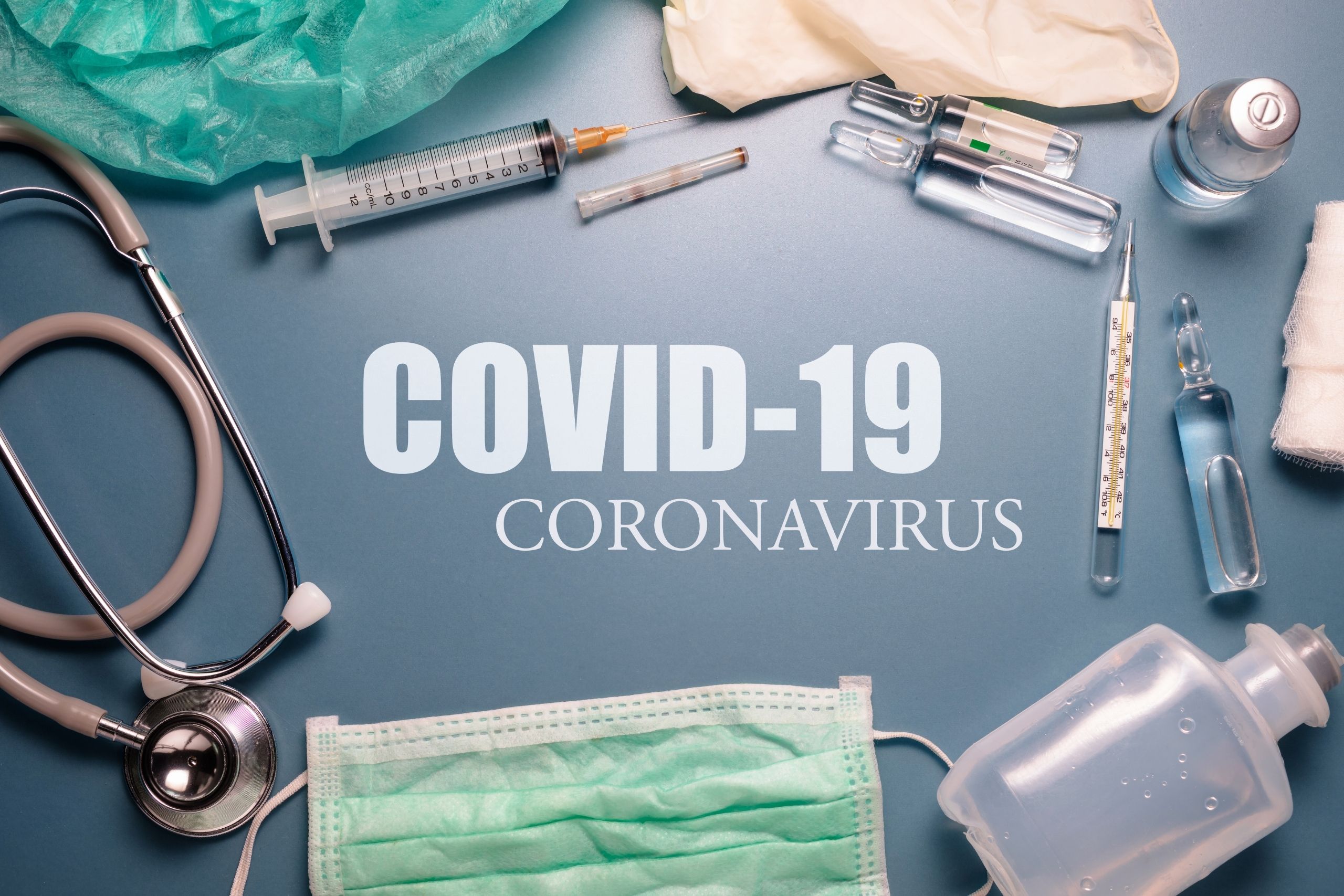All You Need to Know About COVID-19

How the COVID-19 Spreads

SARS-CoV-2 virus known today as the cause of the COVID-19 disease likely started with the transmission from an animal, either from a bat or from a pangolin, is now aggressively spreading from person to person. COVID-19 virus spreads mainly via air, particularly via droplets produced when a sick person coughs or sneezes. Despite the fact that SARS-CoV-2 virus is not very stable in the outside environment and common sanitizers are able to destroy it on the surfaces, the most common ways the COVID-19 may spread are the following:
Close Contact

People in close contact with person infected with COVID-19 virus (within the distance of two meters) are at the greatest risk of infection, especially if they meet in enclosed places. Infection generally spreads via exposure to droplets from respiratory system of infected person (less than two meters away) while inhaling droplets the infected individuals spreads when sneezing, coughing, but also just talking or singing.
Airborne Transmission

While larger droplets have a tendency to fall due to gravity forces, smaller droplets remain floating in the air for minutes to hours. Thus, the COVID-19 virus may infect people even after the infected person has left the place.
Surface Transmission

COVID-19 virus may stay infectious and survive on different types of surfaces that have been contaminated with SARS-CoV-2 virus positive droplets. If a sick person coughs or sneezes on his hand and touches the surface, area becomes contaminated. If an individual touches such an area and subsequently touches its own mouth, nose, or eyes without sanitizing the hands, infection is very likely to happen.
Low Chance of Spread Between People and Animals

At this moment the rate of COVID-19 transmission between animals, or from humas to animals is not known, despite the fact that is believed, that the COVID-19 originally emerged from an animal and spread to humans.
How to Protect Yourself

Wearing the Mask

Wearing the mask correctly, i.e., covering entire nose and mouth and securing it under the chin is the most effective way to wear the mask. Wearing the mask should not limit the person’s breathing. Masks should fit well, and should be replaced regularly, especially after they get wet (from breathing, rain, eventually other causes). It is a good idea to have a well-fitting, spare mask on hand, when the currently used mask should be replaced.
Social Distancing

As the COVID-19 spreads generally between people who are in close contact for a prolonged period of time, keeping a two-meter distance between individuals, especially the ones not living together in one household, or between unknown people, is recommended. This is called social distancing or physical distancing.
Vaccination

Avoid Places without Ventilation
If possible, avoiding indoor places without ventilation or without outside air exchange is highly recommended.

Washing Your Hands
Washing your hands as frequently as possible with soap and warm water for about twenty seconds is a good way to stop the spread of the virus. This should be done especially before touching the face and eating. Also, it is of high importance to prevent touching the face mask at any time. It is recommended to use hand sanitizers with at least 70 percent of alcohol, if water and soap are not available.

Reinfection with Covid-19
While infections with any of other types of coronaviruses can lead to effective and lasting immunity (in some cases even for a year or two), COVID-19 coronavirus is an entirely new type of virus, whose immunity is one of the biggest unknowns at the moment. New studies have revealed that people who have been infected by COVID-19 virus have an eighty-percent lower risk of becoming reinfected. And, there is a ninety percent lower risk of symptomatic reinfections lasting up to seven months after the first infection.

New COVID-19 Variants
All viruses, including SARS-CoV-2, the virus that causes COVID-19, evolves over the time. These changes, called “mutations”, occur during the virus copying itself within the host cells. Viruses with one or more new mutations are referred to as “variants” of the original virus. Currently there are five significant and important variants known:
- B.1.1.7 variant; initially detected in the UK.
- B.1.351 variant; initially detected in South Africa.
- P.1 variant; initially detected in travelers from Brazil, tested during routine screening at the airports in Japan.
- B.1.427 and B.1.429 variants; first detected in California.
- B.1.617 or “double mutant”; variant, initially detected in India.
As long as the coronavirus keeps spreading through the population, mutations will continue to happen. At a current rate of spreading, new variants of the SARS-CoV-2 virus are detected every week.
Before the COVID-19 pandemic is resolved, it is highly recommended to follow protection rules and health guidelines to avoid COVID-19 virus infection.

